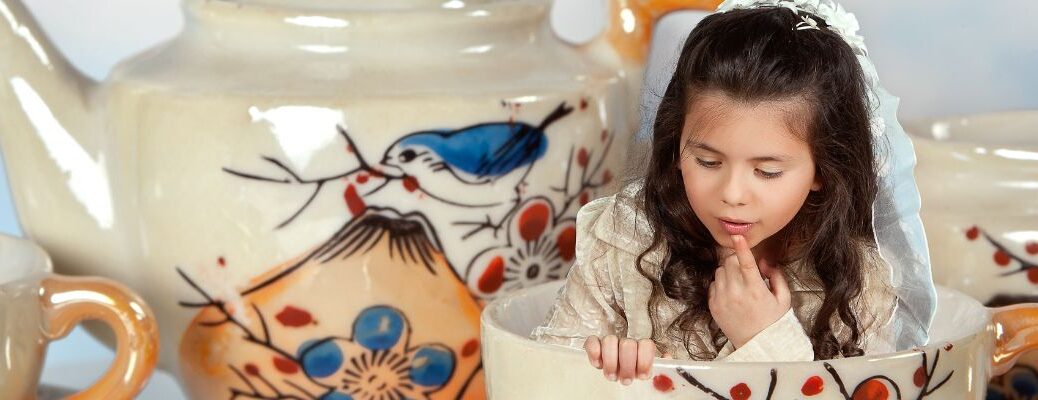
What Sparks Creativity in Childhood?
According to mainstream science, human creativity is a complex phenomenon influenced by various factors, including brain structure and function, dopamine levels, personality traits, cognitive processes, emotional state, and environmental factors. Each of those factors, on their own, are complex enough, but when you add them all together, to varying degrees, applied in unique ways, you probably get an infinite combination of possibilities for individual creativity making it almost impossible to explain why a person is creative and in what context their creativity shines.
Early influences
If I were to pinpoint one influence or one moment in time in my life, when my creativity was stimulated, it would have been when I first read: “Alice’s Adventures in Wonderland”. At seven years of age, I was probably open to influences more than any other time in my life. (Mainstream science seems to suggest that seven is the age when our cognitive processes finally become clear.)
Alice’s Adventures in Wonderland
I own many copies and versions of the book, each with their own unique style of illustration, and I love them all. They are my babies, in a way. Some forty years later, I still read them and every time, I am struck by the genius of the writing and the plot. Having written a series of magical adventure stories for children aged 7-12 years, I now understand how and why “Alice’s Adventures in Wonderland” has stood the test of time, surviving as an icon of creativity and imagination. Here are a few reasons:
- Imaginative World-Building: Carroll creates an entirely unique and whimsical world filled with fantastical creatures, bizarre rules, and surreal landscapes. Wonderland defies logical conventions, inviting readers into a realm where anything is possible.
- Original Characters: The book introduces memorable and eccentric characters such as the Cheshire Cat, the Mad Hatter, the Queen of Hearts, and the White Rabbit. These characters are not only distinct and imaginative but also challenge conventional character archetypes.
- Playful Use of Language: Carroll employs wordplay, puns, riddles, and nonsensical poetry, showcasing a deep creativity in language and storytelling. The poem “Jabberwocky” is a prime example of his inventive use of made-up words and imaginative scenarios.
- Surreal and Absurd Logic: The narrative structure and the events in Wonderland follow a dream-like, often illogical progression, which mirrors the fluid and unpredictable nature of a child’s imagination.
- Encourages Imagination: The fantastical elements of the story encourage children to use their imagination, envisioning the curious and often bizarre scenes described in the book.
- Promotes Creative Thinking: By presenting a world where normal rules do not apply, the book encourages children to think outside the box and consider alternative perspectives and solutions to problems.
- Engages with Playful Ideas: The whimsical and humorous tone of the story, along with its playful ideas, can inspire children to approach life with curiosity and a sense of playfulness.
- Stimulates Interest in Language: Carroll’s inventive use of language can spark an interest in words and storytelling, prompting children to play with language and create their own stories and poems.
- Exploration of Identity and Curiosity: Alice’s journey is also a metaphor for self-discovery and the pursuit of knowledge, themes that can resonate with children as they explore their own identities and curiosities.
“Alice’s Adventures in Wonderland” is undoubtedly a creative masterpiece. Its imaginative world, original characters, and playful use of language not only highlight Lewis Carroll’s creativity but also have the power to stimulate creativity in children. The book invites young readers to explore their own imaginations, think creatively, and embrace the whimsical aspects of storytelling, making it both a creative work and a tool for fostering creativity.